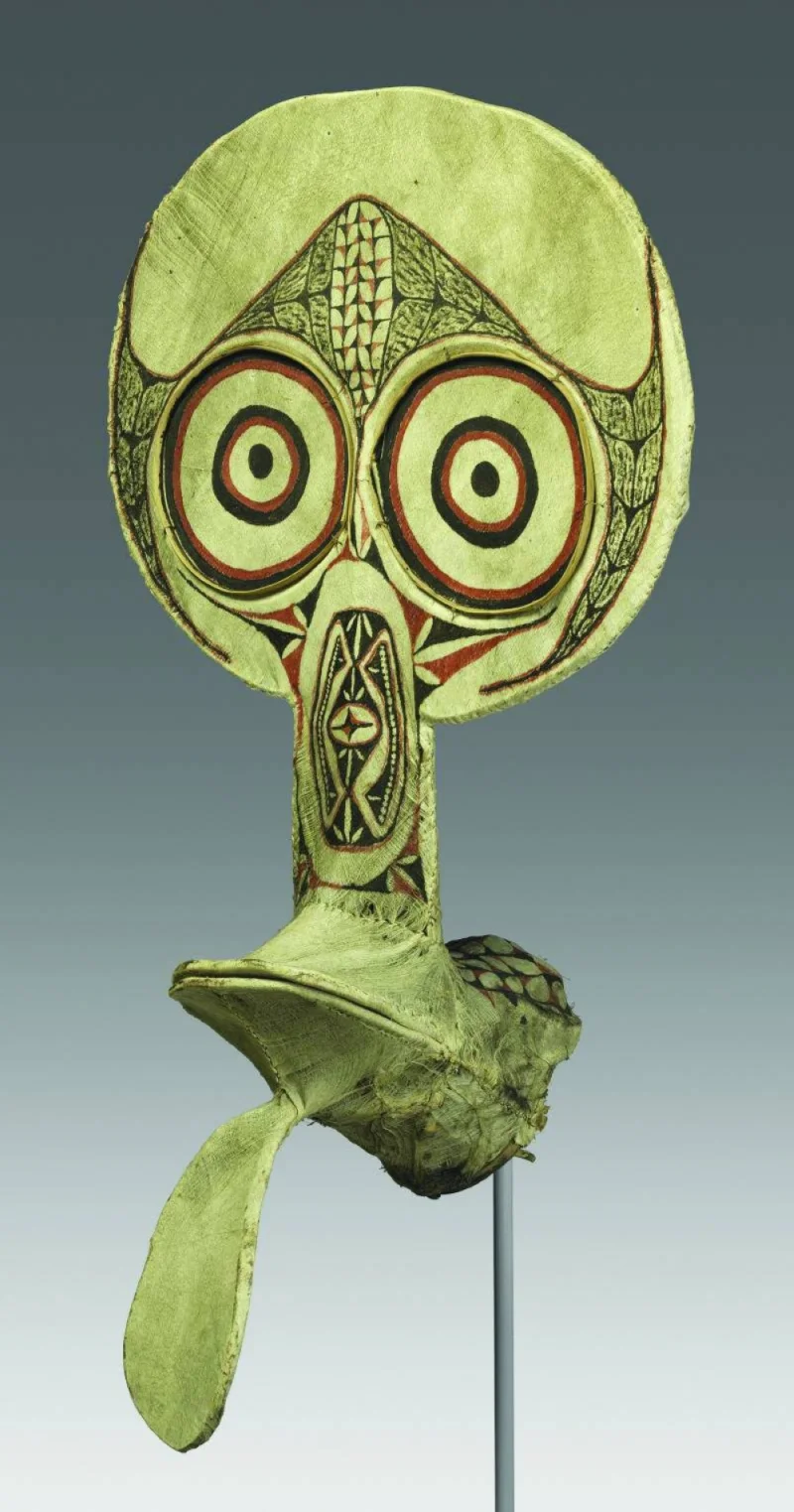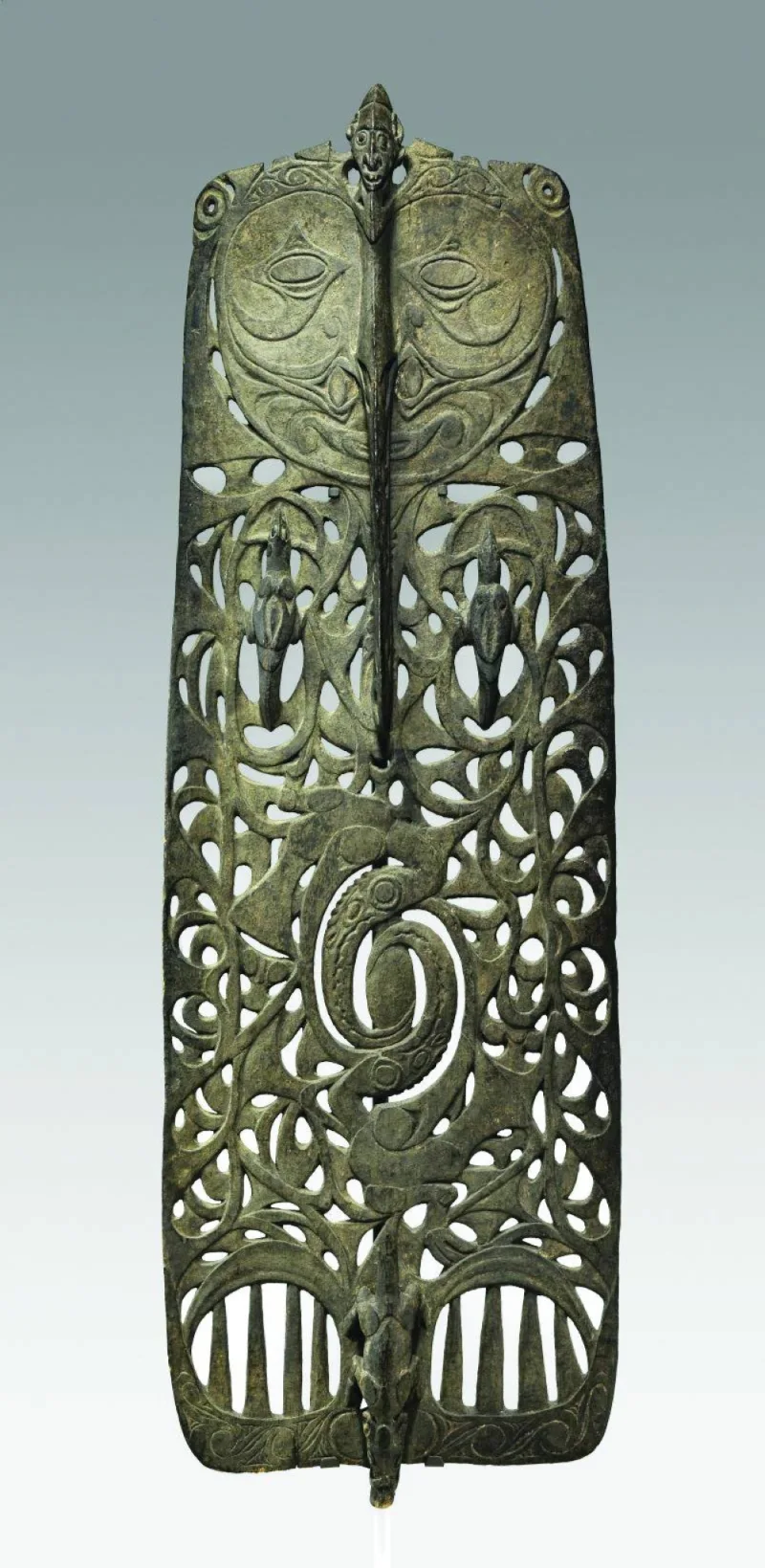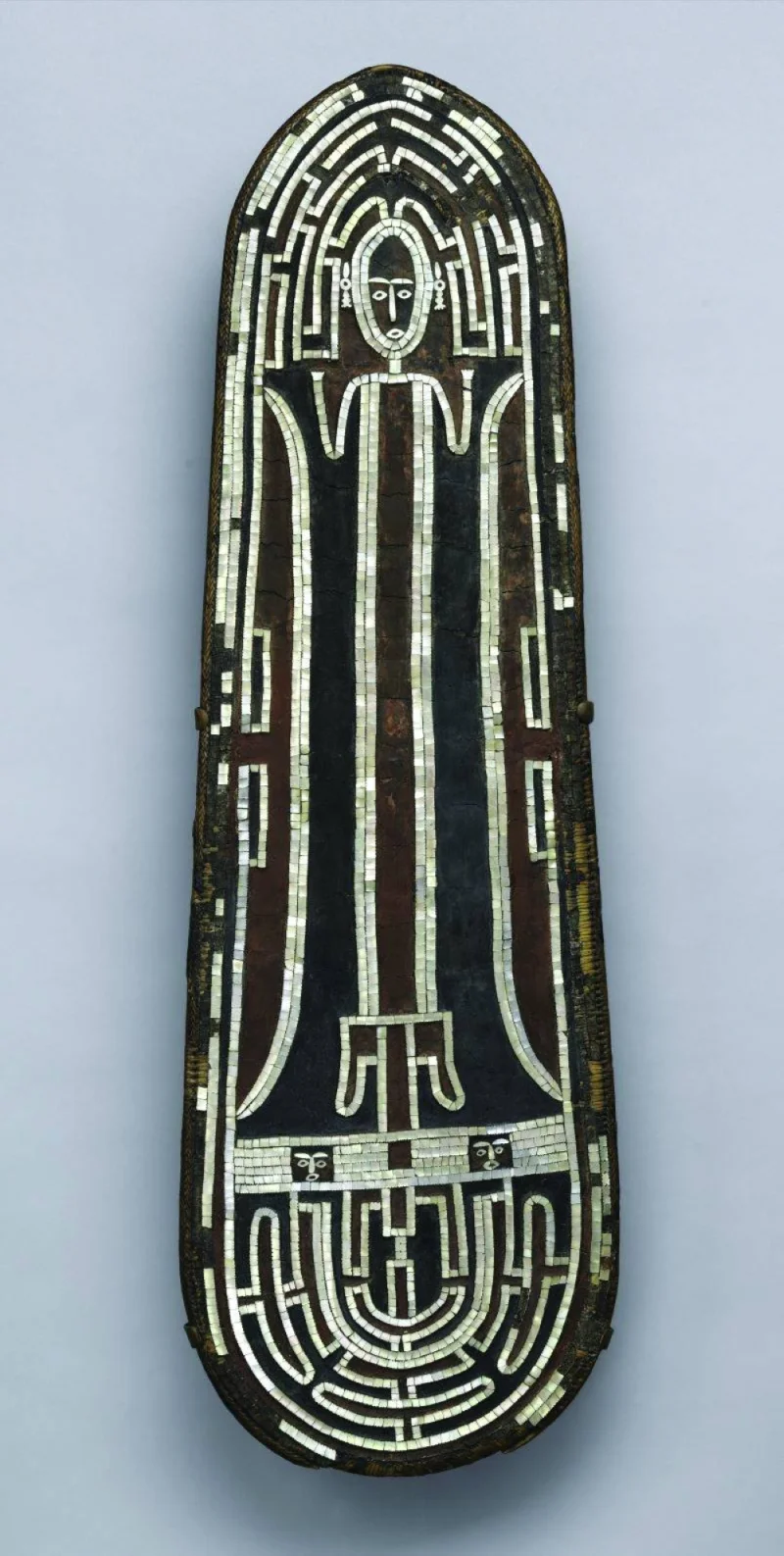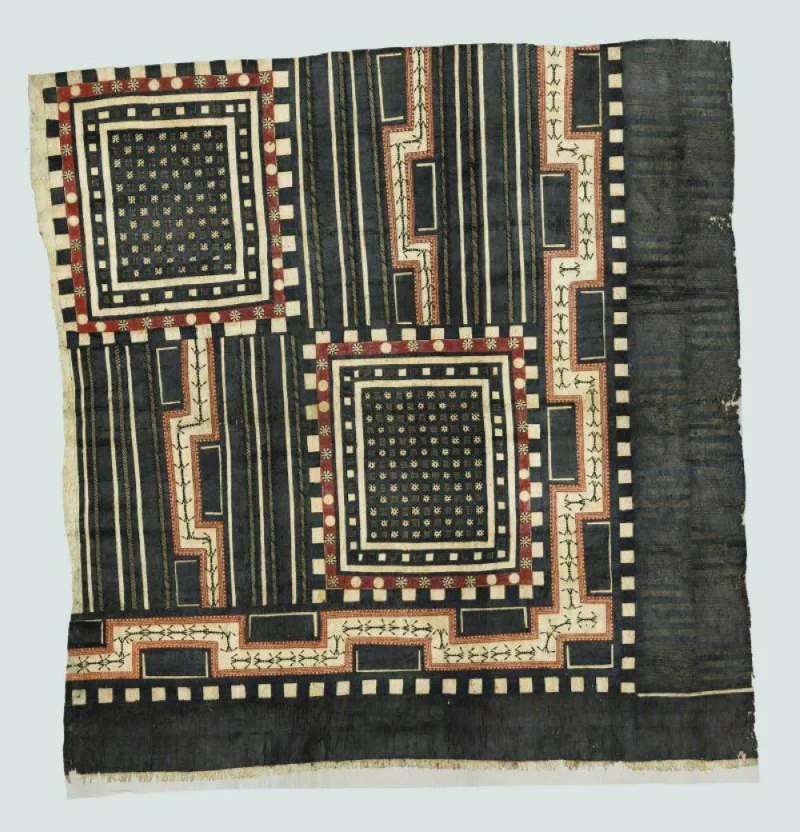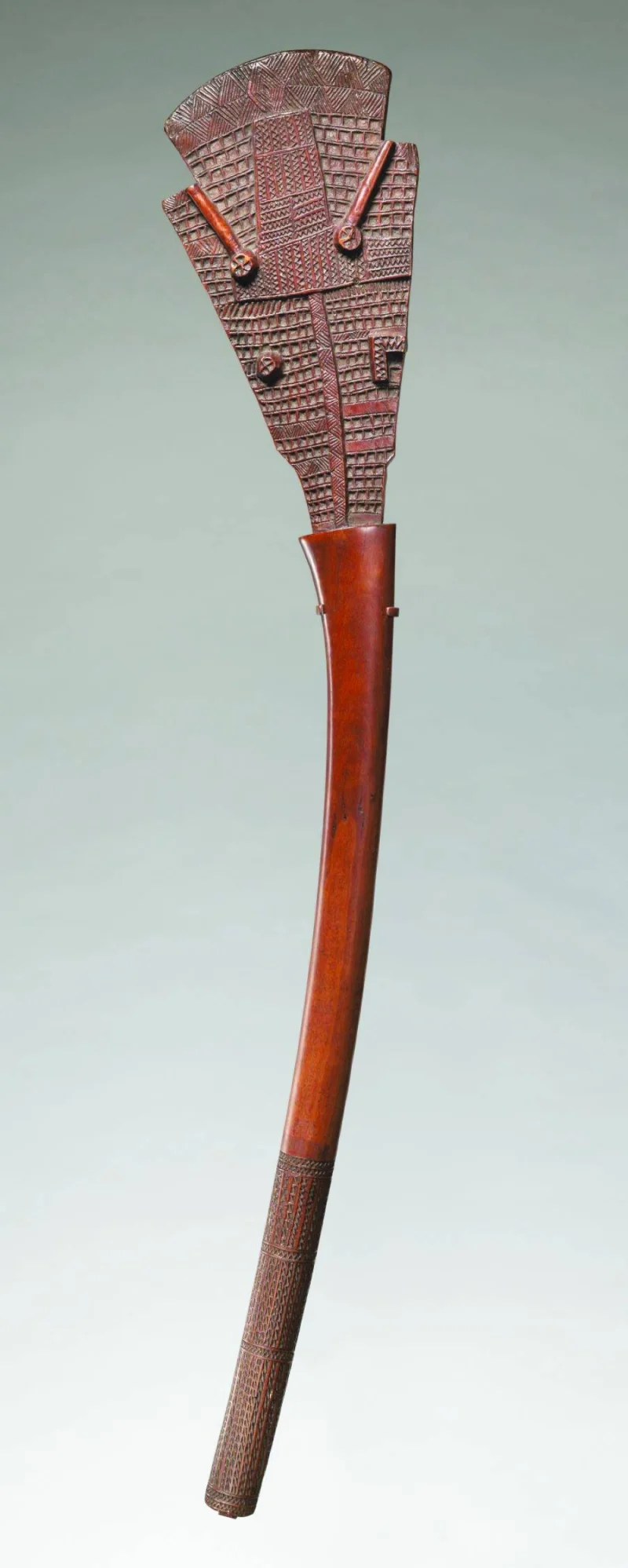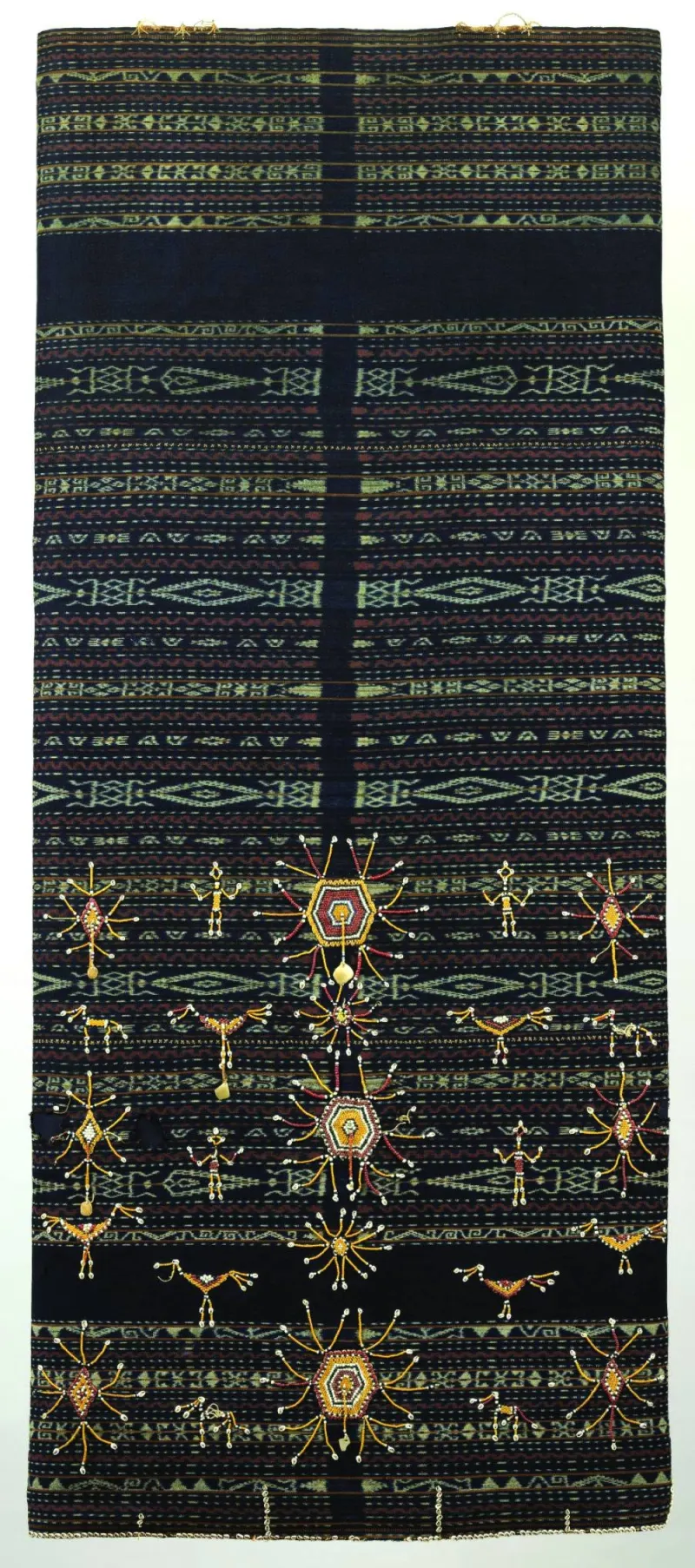The National Museum of Qatar (NMoQ) opened Tuesday the landmark exhibition, “The Shape of Time: Art and Ancestors of Oceania” from New York’s Metropolitan Museum of Art (The Met).
This exhibition features more than 120 works from The Met’s unparalleled collection that tells the story of creative expression and innovation over the centuries throughout the Pacific Islands.
These extraordinary objects, presented while the Michael C Rockefeller Wing at The Met is being renovated, are travelling for the first time since Nelson Rockefeller gifted the collection to The Met in 1969.
The exhibition will be on view until January 15, 2024.
Curated by Dr Maia Nuku (Ngai Tai), Evelyn AJ Hall and John A Friede, curator for Oceanic Art at The Met, “The Shape of Time” takes a fresh look at the visual arts of Oceania to explore the deeply rooted connections between Austronesian-speaking peoples.
The artefacts on display are noted for their artistic and historic value, varying from wooden sculptures to items of personal adornment and textiles.
The artworks come from the many peoples of the region – from the insular region of southeast Asia to Australia and Papua New Guinea, to island archipelagoes in the north and eastern Pacific—and date from the 18th century to the present.
“The ‘Shape of Time’ is the latest demonstration of the longstanding collaboration between Qatar Museums (QM) and the Metropolitan Museum of Art, which includes not only exhibition exchange but broad programmatic and scholarly co-operation," QM Chairperson HE Sheikha Al Mayassa bint Hamad bin Khalifa al-Thani said in a press statement.
“Qatar Museums has long been committed to the practice of bringing the best of Qatar to the world and bringing the best of the world to Qatar,” she said. “Presenting the ‘Shape of Time’ with the collections and histories of Oceanic peoples alongside the stories of Qatar fulfills that mission.”
Max Hollein, the Met’s chief executive and Marina Kellen French director, said: “This breathtaking exhibition features outstanding treasures from our renowned Oceanic collection, and its international tour is a reflection of the Met's commitment to sharing art and scholarship with the world."
The artworks are within three thematic sections: “Voyaging and the Ocean”, “Ancestors and the Land”, and “Time and Agency”, with each exploring ideas pertinent to the expansive visual language of Oceanic art and anchors the art in an overarching conceptual landscape.
“Voyaging and the Ocean” showcases a range of landmark works from “Island Southeast Asia”, including important textiles that foreground the extensive networks of maritime trade and exchange that defined early interactions between island groups in the western and northern parts of Oceania.
Ideas about voyaging, vessels, and spiritual journeys are all explored with a particular focus on works from the Asmat region of Western New Guinea, collected by Michael C Rockefeller in 1961.
Works in this section establish fundamental principles for art across the region, expressing the unique relationship of Pacific Islanders with respect to their ocean environment.
“Ancestors and the Land” highlights the role ceremonial architecture plays within the physical landscape of Oceania.
Works in this section tell a multitude of stories relating to ancestral power and performance and include some of the greatest achievements of Pacific Islanders in the realm of the visual arts: bold and monumental works such as a towering slit drum and elaborately carved ancestral figures.
These compelling artworks demonstrate how Islanders use art as a bridge into the past, activating an on-going and dynamic relationship with ancestors to draw on their support in the present.
Finally, “Time and Agency” features works that reflect ideas about time (seasonal and cyclical as opposed to linear) and the way this unfolds in terms of visual agency and efficacy.
The section draws together principal ideas in the exhibition, acknowledging new directions for thinking about life through art and guiding visitors toward an understanding not so much of what Oceanic art looks like, but why and how it looks as it does.
Artworks include impressive shark reliquaries and dazzling turtle shell masks, as well as pearl shell pendants from the coastal regions of New Guinea and a suite of dynamic artworks from Aboriginal artists working in Australia today.
